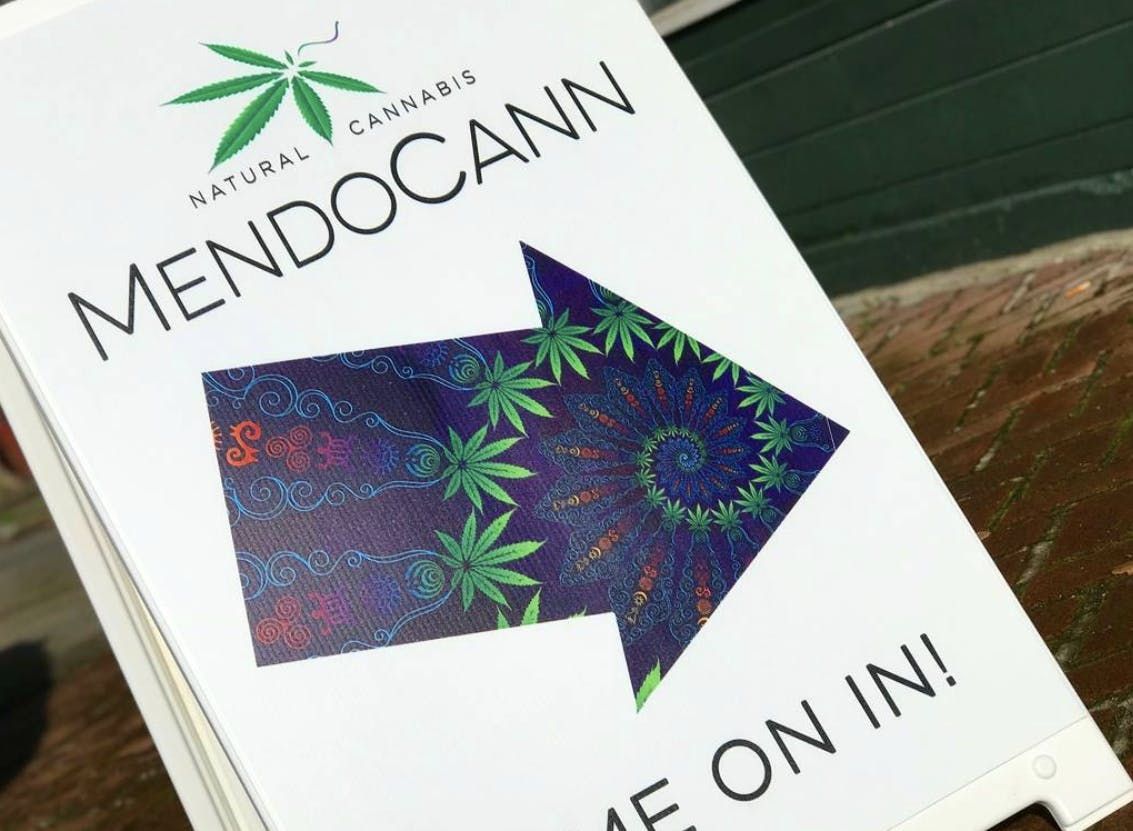Now that the hoopla is subsiding, the positives and negatives of legalized adult-use cannabis in California are beginning to come into focus.
With only a smattering of counties prepared for legalization on Jan 1, more and more municipalities have come on board since New Year’s Day.
FOLLOW US ON FACEBOOK & INSTAGRAM
Counties Conducting Recreational Marijuana Sales
As of Feb 1, 18 of the state’s 58 counties have approved dispensaries for recreational cannabis consumers. They are:
- Alameda
- Contra Costa
- Humboldt
- Lake
- Los Angeles
- Mendocino
- Monterey
- Orange
- Riverside
- San Diego
- San Francisco
- Santa Clara
- Santa Cruz
- Shasta
- Siskiyou
- Sonoma
- Stanislaus
- Tulare
Use this handy interactive map to find a recreational dispensary near you.
The limited number of participating counties underscores how important it is to keep your medical marijuana recommendation current. Your physician’s recommendation will allow you to purchase cannabis in counties which for now may only have medical marijuana patient-only dispensaries, such as Napa County.
RELATED: WILL CALIFORNIA BE READY FOR RECREATIONAL MARIJUANA?
Despite the somewhat confusing rollout, licensed dispensaries are reporting brisk sales up and down the state. Some reported a few first-day glitches with software, but as one shop owner said with a laugh, “We still know how to use a calculator and a pencil.”
The Price Is Not Right for Marijuana
Recreational users in particular have been floored by the new taxes on cannabis products. For some consumers, sticker shock has definitely affected the type and amount of cannabis products they purchase. In some cases, taxes exceeding 50% are added to the bill of recreational cannabis purchases. If you’re able to travel to different recreational-cannabis cities in two different counties, check their tax rates, as they vary from one municipality to the next. A little homework could put a few dollars back into your pocket.
Cannabis Demand & Supply?
At one Northern California dispensary, a manager was initially concerned that they’d have a surplus of cannabis flower. Now, after a banner month, he’s concerned his inventory won’t last through the spring.
Only a handful of farmers are state-certified, leaving some distributors worried about a statewide marijuana shortage. To make matters worse, the mountain of fees and new compliance guidelines are continuing to create enormous challenges for small farmers, who in the past formed the backbone for marijuana dispensaries and delivery services in California.
What has become the world’s biggest cannabis industry is now grappling with complex and in some cases unrealistic guidelines, with one lawsuit already filed by the California Growers Association. The suit aims to tip the balance away from “Big Cannabis” and back toward the small farmer.
Meanwhile, even ancillary businesses like The Mendocino Group, a graphics house that provides marketing, packaging and design services to canna-businesses, is challenged to find a bank that will take their hard-earned, legal dollars.
Legalization Doesn’t Mean a Cannabis Free-For-All
Some people felt that legalization would be a “golden ticket,” giving adults the freedom to consume cannabis any time, anywhere. This is definitely not the case. The best way to think about how and where to consume cannabis is to think about alcohol: There are times and places where alcohol use is never allowed—and public cannabis consumption is no different.
The California Highway Patrol is clear that stoned driving is illegal and officers are being trained to look for the signs of “driving high.” It’s also illegal for passengers to smoke in their vehicle—and “open containers” of cannabis, along with all paraphernalia, should be stored in your trunk.
Hoping to light up during Beyoncé’s encore? Think again. Marijuana use will still be illegal at music festivals like Coachella, as well as at other private music venues. Nor is cannabis legal to use at any University of California campus. Patients aren’t exempt from these guidelines, so in most situations, using common sense and conducting yourself as you did pre-legalization is your best bet when it comes to safe, public cannabis use.
Questions for Some Medical Marijuana Patients
Compassion-based medical cannabis programs have been hit hard by legalization, For decades, a few selfless individuals have been providing cannabis to patients at little or no cost as an outgrowth of California’s Proposition 215—the Compassionate Use Act.
Not to be confused with Prop 64, Prop 215 enabled nonprofit organizations to provide medical marijuana to patients with serious medical conditions. It’s still not clear if any of these organizations will be able to continue operations under Prop 64’s stringent guidelines. Providers are concerned about health outcomes for their patients, many of whom are dependent on low- or no-cost cannabis to address major, life-threatening conditions.
The View From a Marijuana Dispensary
Though many dispensaries still have an inventory of higher-dose edibles available, these items are going quickly, according to dispensary operators. “Patients are coming in and getting as much of their favorite product as they can,” says Kevin Zimm, manager of MendoCann Dispensary in Hopland, CA. Medical marijuana patients are the only people allowed to purchase last year’s remaining edibles containing over 100 mg of tetrahydrocannabinol (THC) per package.
Kevin has seen an unprecedented increase in new cannabis consumers. “They are mostly people my mom’s age—people who were afraid to walk into a dispensary and are now excited to do so.” He says there’s been a lot of “handholding” of new recruits to cannabis during the past month, and Kevin loves every minute of it.
“For me, this is what I’ve been waiting for all my life. This is why I left my excellent job as a banker with a credit union. We’re truly helping people, expanding our reach and helping improve the lives of more and more people every day,” he concludes.
Things to Keep in Mind if You Consume Cannabis
Don’t let your medical marijuana recommendation lapse.
-
Your recommendation gives you access to many more retail and medical cannabis outlets than recreational users are allowed into.
-
In conjunction with a Medical Marijuana Identification Card (available through your county), medical marijuana patients pay reduced taxes on dispensary purchases.
-
You’re still eligible to purchase a dispensary’s back stock of edibles containing more THC than the state’s new 100 mg-per-product limit, while those supplies last. This is a great option for high-THC medical cannabis users.
-
If you’re between 18 and 21 years of age, having a medical cannabis recommendation is still the only way to legally possess and consume marijuana products.
Photo credit: natural.cannabis.company
If you’re new to cannabis and want to learn more, take a look at our Cannabis 101 post. HelloMD can help you get your medical marijuana recommendation; it’s easy, private and 100% online.






